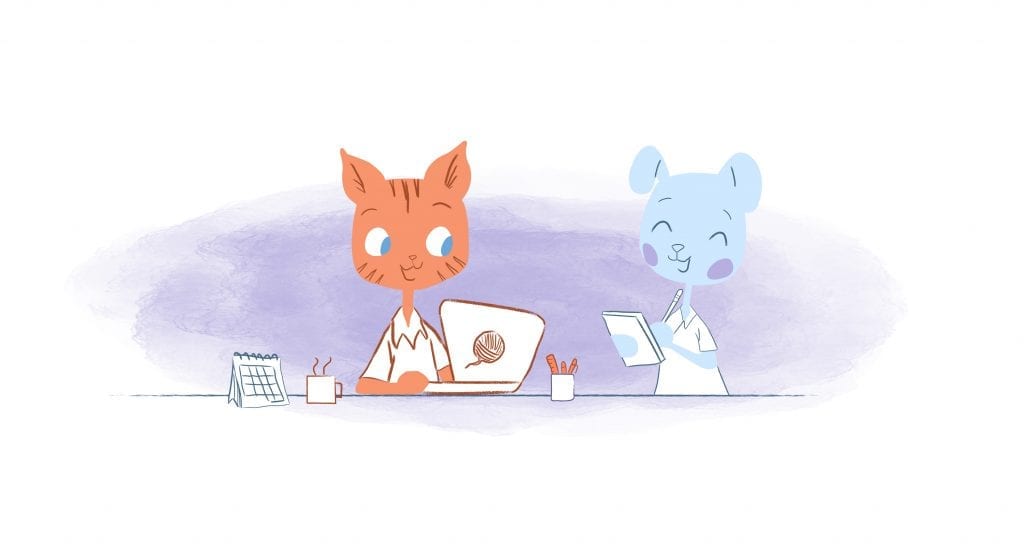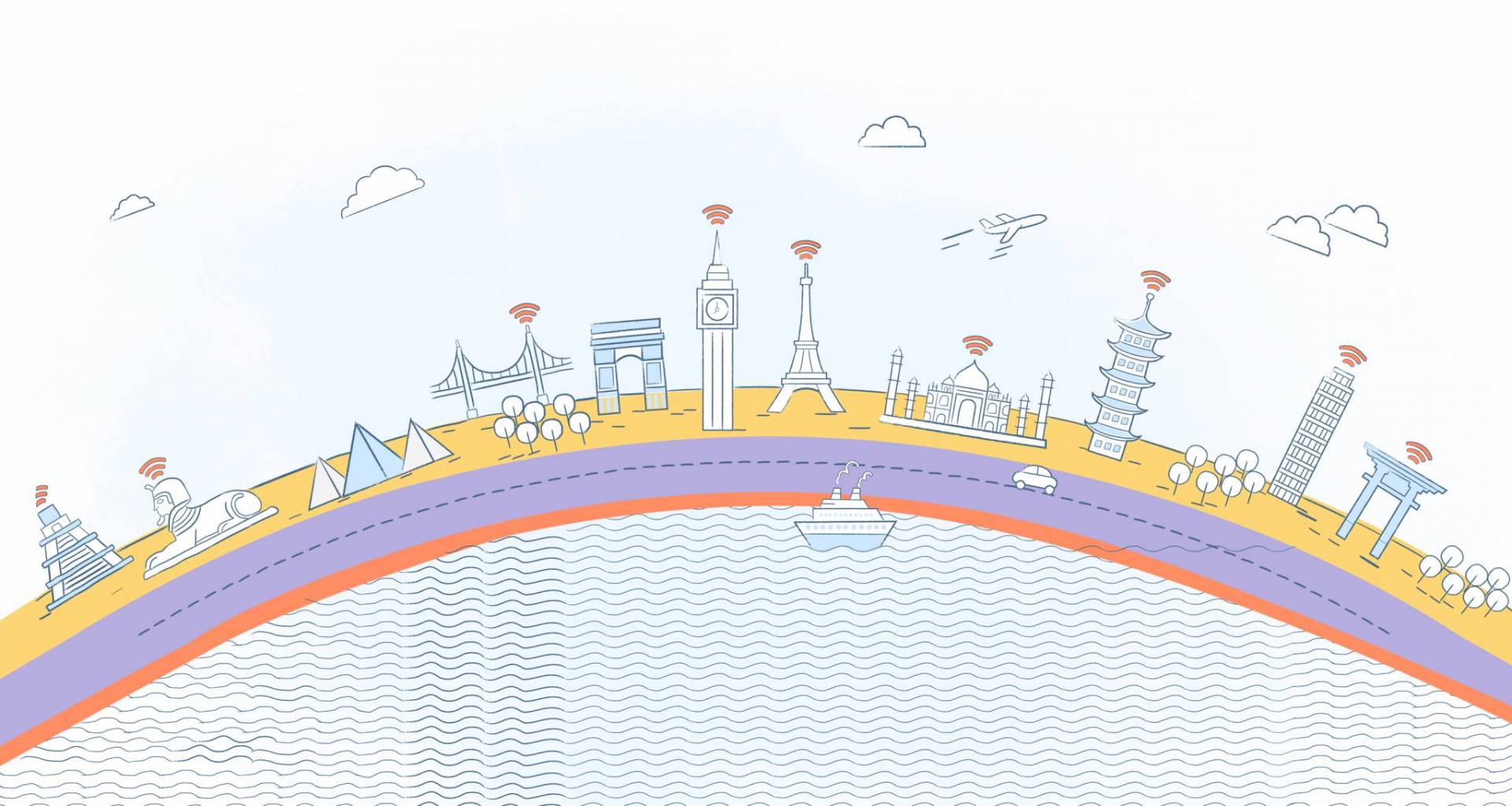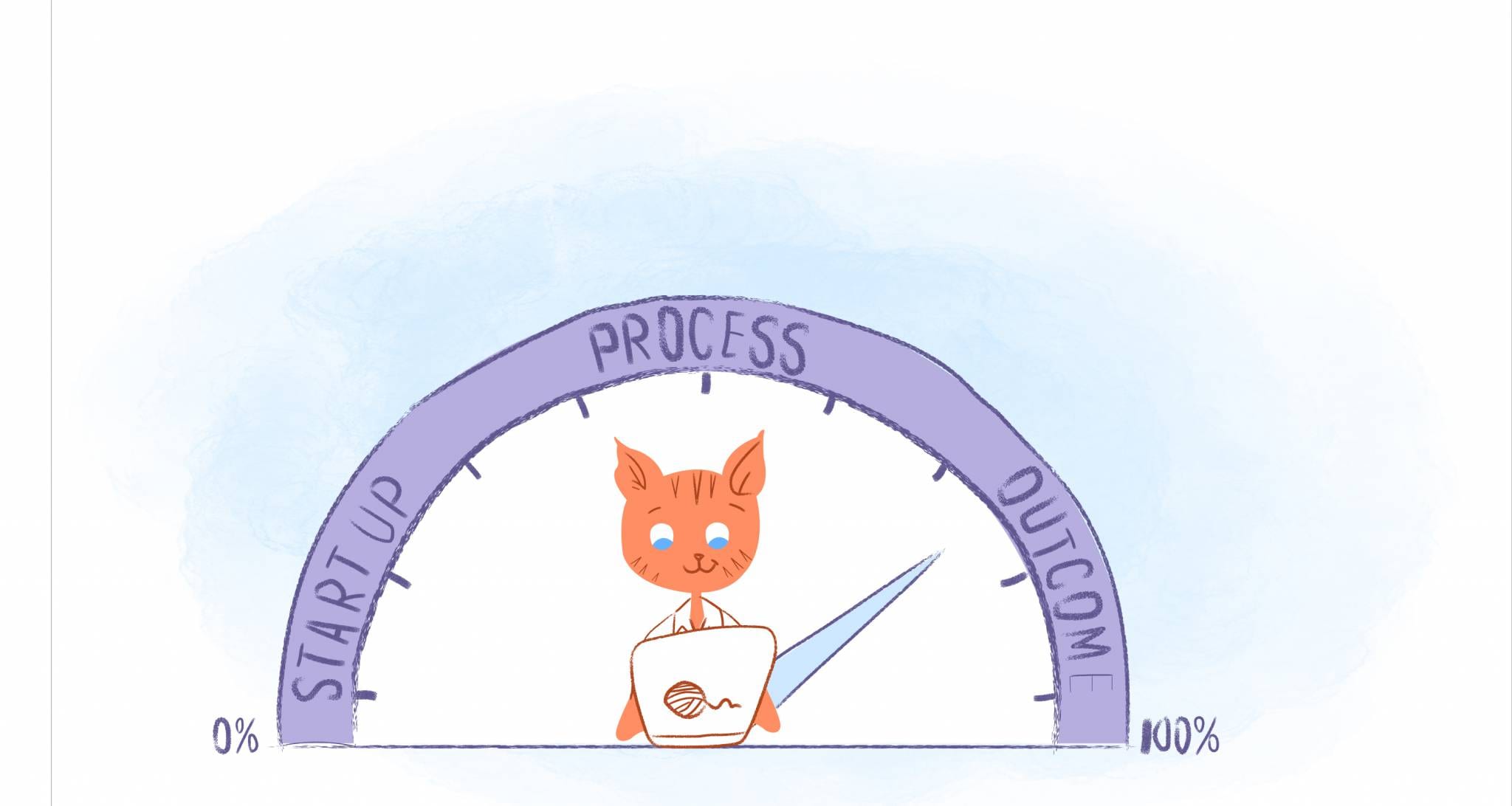

Most jobs require at least some degree of creativity, but improving creative thinking isn’t the same as improving your raw productive output. You may be able to master some basic productivity habits, like eliminating distractions and interruptions, but even if you’re focusing exclusively on the problem in front of you, you can’t summon the creativity necessary to solve it by sheer force of will.
Fortunately, there are some strategies that can help you be more creative, both in the moment you need that creative boost and in your overall life. Ultimately, greater, more flexible creativity will help you accomplish your responsibilities faster—and more successfully.
The Need for Improving Creative Thinking
Even if you don’t feel your role requires creativity, creative inspiration can help you in multiple ways:
- Creative applications. There are some obvious applications for improved creativity. If you’re responsible for designing websites, coming up with new product ideas, or any other tasks that require some degree of inherent creativity, it pays to be able to think in novel ways. You’ll come up with new ideas faster, and will end up with higher quality work.
- Solving Any problem that needs to be solved can be solved more efficiently if you’re thinking creatively. For example, if you’re not able to meet a deadline you promised your client, thinking creatively could help you discover an alternative solution—or at least come up with a strategy for how to inform your client. You can also use creative problem solving to better navigate personal disputes, or improve logistics.
- Avoiding burnout. Thinking creatively can help you avoid burnout as well. Doing your job in new, interesting ways, and thinking about your surroundings in unique ways can keep you attentive and engaged in your responsibilities.


Has There Been a Proven Method to Stop Procrastination?
Why You Can’t Force Creativity
Unfortunately, creativity isn’t something you can force. In fact, the harder you think about a problem that requires a creative solution, the more frustrated you’ll likely get—and the further you’ll get from a potential solution. Creativity is the result of several interacting elements in your environment and in your own mind, requiring relaxation, novel input sources, and unique thought patterns. Trying to brute-force a new revelation isn’t going to work. Instead, you need to structure your environment and optimize your habits to encourage creativity naturally.
Sources of Creative Inspiration
Rely on these potential sources of inspiration to think more creatively in your daily life:
You can also stimulate your auditory sense by putting on the right type of music.
For the most part, music can help you focus and become more productive, but the genre and nature of the music you choose does matter. For many people, lyric-heavy music is more distracting than soothing, and if you play music that falls outside your personal taste, you’ll end up hating it. Instead, choose music you personally prefer, and ideally, some songs with abstract and creative touches. Keep it playing at a low- to moderate-volume throughout the day.
Abstract art.
Let’s turn our attention to our visual sense. Staring at a computer screen, or looking at the problem you’re trying to solve isn’t going to help you think in new, creative ways. Instead, it’s much better to focus on something that inspires something different. This Hang some abstract art on the walls of your office and gaze at it whenever you need to decompress and think up some new ideas. Try not to think about it too much; just let your mind wander while you focus on it.
Essential oils.
One of the best ways to stimulate creativity is to expose your senses to new experiences. You can start by using different business essential oils to stimulate your olfactory sense. Different scents are claimed to have different effects; for example, lavender is associated with relaxation.
Scientific evidence on these effects vary, but one thing is certain; surrounding yourself with an interesting and/or pleasant scent can transform your surroundings and introduce more novelty into your environment. Choose a handful of essential oils you like and keep them nearby, then choose one or cycle through them when you’re in need of relaxation or something new in your environment.Shower More.
There’s a reason it’s cliché to think up new, creative ideas in the shower. It’s because there’s nothing to distract us and nothing to occupy our attention; instead of concentrating hard on a problem or getting pulled in different directions, we tend to “zone out” as we’re surrounded by the ambient noise of falling water.
Accordingly, one of the best ways to think more creatively is to take a break. Walk away from whatever you’re working on, and give yourself space. Your subconscious mind will continue working on the problem even if you’re not focusing on it, and you may end up with your “eureka” moment as soon as you walk away.Physical Exercise.
Similarly, try getting some physical exercise, and don’t listen to music or podcasts while you’re doing it. Working out is a kind of break; you won’t have to think too hard about what you’re doing, so your mind will feel free to wander. In addition, you’ll stimulate the flow of endorphins and relieve stress, so you can think more clearly and work more productively when you return to the task at hand.
For even more benefits, try jogging, walking, or biking to somewhere you’ve never been before—which happens to coincide with our next tip.New environments.
It’s hard to think creatively when you’re stuck in the same cubicle or office. Improving creative thinking is sparked by novel experiences, so it’s important to seek out new environments on a regular basis. Going for a walk around the block could be enough to get those creative juices rolling, but it’s even better to go to a new coworking space, a new café, or somewhere else you’ve never been before. Even changing the office furniture around may be enough to give you some marginal benefits.
Idea networks.
If you don’t know where to start solving the problem, you can brainstorm using an idea network. Take a piece of paper, write down the central idea, theme, or problem you’re trying to brainstorm around, and circle it. Then, draw lines to other terms, concepts, or subtypes that you associate with this core concept. Map those to even more related terms, and so on. In just a few minutes, you’ll have a physical map of the concept, which you can use to direct your thinking and consider pocket concepts you might have overlooked.
Appropriate timing.
Some people are naturally more creative and more productive at certain times of day. If you’re consistently working at a time you feel sluggish or braindead, you’re essentially wasting your time. Morning person? Try to do your creative work in the morning. If you prefer evenings, optimize your schedule for more evening work. You can also use timing to facilitate creative exercises, like setting a timer and writing as many ideas as you can before time runs out.
Other voices and perspectives.
We often struggle to think creatively because of the limitations of our own We see things from only one point of view, and that prevents us from “thinking outside the box.” To resolve this, you need to talk to other people and get their perspectives. If you’re trying to solve a problem, talk to other people dealing with the same problem, or even better, talk to someone totally removed from the problem—they may see it in a different way, and one that illuminates the true root cause of the problem.
Sleep.
You need to be well-rested to accomplish your best thinking, and some evidence suggests that sleep is a valuable opportunity for our minds to forge new connections. If you’re stuck on a tough problem, consider taking a short nap, and if you find yourself needing to think up new, creative solutions on a regular basis, pay close attention to your sleep habits. Aim to get the recommended 7 to 9 hours of sleep every night, and keep a consistent sleep schedule while you’re at it.


Bonus Tips for Improving Creative Thinking
You can also see better results by adopting the following:
Be okay with bad ideas.
You won’t get anywhere if you’re striving for the “perfect” idea and you refuse to tolerate anything else. Be okay with bad ideas; if you keep generating new material, eventually, you’ll find a diamond in the rough.
Think like a kid (or an amateur).
Change your perspective by intentionally thinking like a kid, or an amateur who has no idea what to make of this topic; it can illuminate new dimensions of the concept you wouldn’t ordinarily consider.
- You don’t have to do this alone. Consider crowdsourcing the brainstorming process. Ask the people in your immediate vicinity to help you think up new ideas, or by using an online platform. Use a survey on social media to gather unique opinions and perspectives remotely.
Diversify your strategies.
Most importantly, remember that creativity is all about novelty. If you use the same strategies and the same approaches over and over, you won’t be able to think up anything new. Mix things up from time to time, and experiment with new angles.
You’ll be amazed how much time you can save and how much stronger your ideas will become once you learn how to think more creatively—without straining yourself in the process. These strategies won’t work equally well for everyone, but if you change your habits and start working new approaches into your rotation, you’ll almost certainly see results.











Angela Ruth
My name is Angela Ruth. I aim to help you learn how Calendar can help you manage your time, boost your productivity, and spend your days working on things that matter, both personally and professionally. Here's to improving all your calendars and becoming the person you are destined to become!